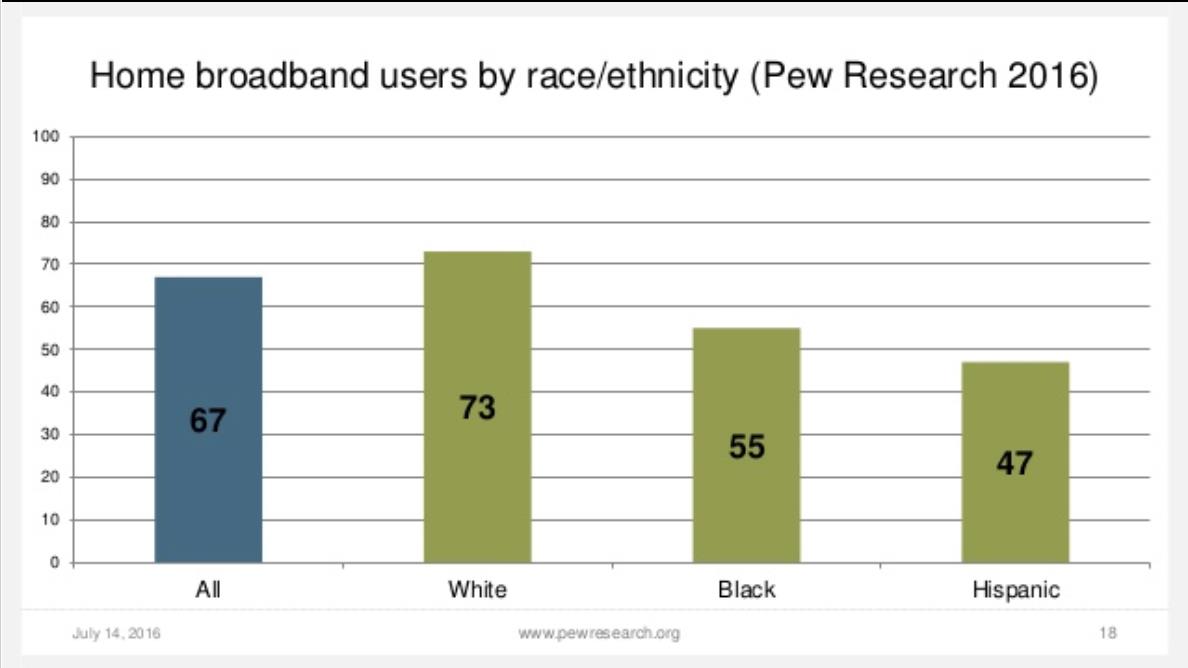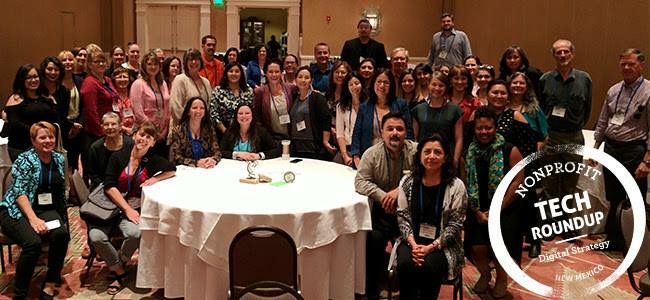Sep 25, 2017

Diversifying Digital and Human Networks
By Robert Nelson, Program Manager, The Grants Collective
During the first week of September, the Center for Nonprofit Excellence (CNPE) and the Nonprofit Technology Network (NTEN) convened the first New Mexico Nonprofit Tech Roundup. I attended the two-day conference and met some really great nonprofit rock stars from Albuquerque and from all over the state.
As Program Manager for The Grants Collective, I attended the Tech Roundup because I wanted to learn more about the digital divide and digital inclusion, as well as new digital strategies, something that’s constantly evolving. I also wanted to network and promote my organization’s work that helps nonprofits in Albuquerque compete for national and federal philanthropic investment.
Digital Exclusion and Tribal Communities
The first day of the Tech Roundup kicked off with keynote speaker, Dr. Traci Morris of the American Indian Policy Institute at Arizona State University. Morris detailed the need for addressing the digital divide in tribal lands by increasing access to broadband, which is seen as an underpinning of healthy communities. It is the basis for the future of economic development, health, public safety, housing, energy and education.
New Mexicans face many barriers to accessing broadband, especially in tribal communities. Barriers include rugged terrain, limited financial resources, lack of technical training, rights of way issues and, of course, cost. Tribal communities are working to address these barriers by developing digitally inclusive practices.
Community shareholders can get the ball rolling by developing a shared understanding of the needs and clear goals around addressing them, starting with adopting a set of shared standards for digital literacy and what it means for the community.
The Shortest Distance Between Two People
The rest of the day I immersed myself in sessions focused on storytelling. It’s my belief that the shortest distance between two people is a story. The two sessions I attended focused on digital storytelling and empowering community members with the transformative act of writing. From The Grants Collective’s perspective, we help nonprofit organizations build capacity through our Talent Academy, a six month long professional development program that develops skills for securing major grants. As for our digital strategy, we are looking for ways to use our channels to effectively tell the stories of the organizations we’ve helped through the Talent Academy.
Something that really resonated with me while learning about digital inclusion and the divide is the lack of acknowledgement for how systemic racism plays a role in the formation of the divide and the need for inclusive practices. According to Pew Research,
There are also substantial racial or ethnic differences in broadband adoption, with whites more likely than either Blacks or Hispanics to report having a broadband connection at home.

Sad Math: Which Community Is Worse Off?
In New Mexico, broadband access and adoption is lower in rural and tribal communities than urban areas, though Albuquerque ranks 62 among American cities without a broadband connection1.
I think it is important to acknowledge how white supremacy has contributed to the development of the digital divide; otherwise, we may never fully close it. One thing that nonprofits in New Mexico can do is start building a Digital Inclusion Network, not only among nonprofits, but with local government, the workforce, our library system, the educational system and even housing agencies. This would help our community with building digital inclusion standards and addressing the divide collaboratively and systemically.
Real World Engagement by Nonprofits
The second day of the conference kicked off with a panel discussion on digital engagement. The discussion focused on what it’s really like to run digital campaigns at the following New Mexico organizations: Young Women United, Paws & Stripes, Center for Nonprofit Excellence and Explora.
In the afternoon, I attended sessions that focused on refining digital strategies through creating effective email campaigns to developing an effective multi-channel strategy. Email marketing is what The Grants Collective uses as its primary method of marketing. I was interested in learning how to apply some the different design methods I’d gathered in earlier sessions to more effectively market our work through email.
Collaboration and Networking
Overall, the conference was amazing and I hope we see another Tech Roundup soon! I got a chance to learn from brilliant experts and will apply those lessons immediately. It was great to meet people from different parts of New Mexico and learn more about their work and communities. I even got a chance to see an old friend who was presenting at the conference!
Lastly, while I could share everything that I learned in every conference session here, I am happy to share in person. For members of the Cooperative Network, I’ll be posting this article, as well as notes and materials from the conference on our online platform. For more info about what I learned or my experience at the Tech Roundup, or about the work we do at The Grants Collective, please contact me!
1 Siefer, A. (2016, Nov 4). The Worst Connected U.S. Cities of 2015, National Digital Inclusion Alliance. https://digitalinclusion.org/blog/2016/11/04/worst-connected-cities-2015/
